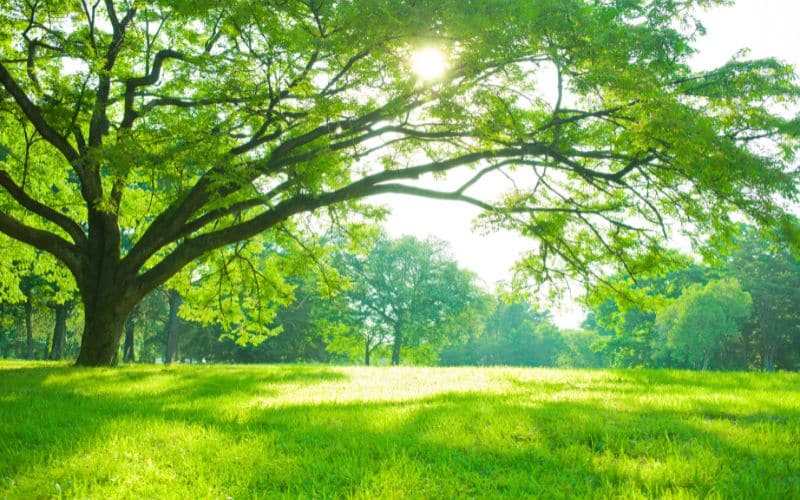

Expanding Singapore: A Comprehensive Look at Bayshore’s Future Developments
Introduction
Singapore has announced plans to clear approximately 31 hectares (ha) of forested land near East Coast Park to make way for housing developments and a connecting road in the upcoming Bayshore precinct. This comprehensive article provides an in-depth look at the future developments in the area, including the integration of the Thomson-East Coast Line, the environmental impact assessment report, and Singapore’s ongoing efforts to balance urban development and nature conservation.
Bayshore Precinct along Singapore’s East Coast
The Bayshore area, situated on reclaimed land, has been designated for housing development since 2003. The precinct’s plans encompass a mix of public and private homes served by two future MRT stations on the Thomson-East Coast Line. Site clearance works are slated to commence in 2023, spanning three phases, with completion estimated by 2029. The construction of housing developments will follow, taking approximately four to six years.
Thomson-East Coast Line Integration
The Bayshore and Bedok South MRT stations, set to be operational by 2023, will serve the Bayshore precinct. These stations are part of the Thomson-East Coast Line, which will enhance connectivity and provide residents greater access to other parts of Singapore.
Environmental Impact Assessment Report
The Housing and Development Board (HDB) recently published an environmental impact assessment report prepared by DHI Water and Environment Consultancy for HDB and the Land Transport Authority (LTA). The report included baseline ecological surveys conducted between April and July and an environmental plan covering the affected area’s ecology.
The study recorded a total of 196 flora species, with 16 deemed to be of local conservation significance. Additionally, 147 fauna species were documented, six of which are bird species considered to be of local conservation significance. Despite these findings, the report deemed the habitats and biodiversity within the study area to be of “minor to moderate” conservation value.
The report also predicted several “irreversible” ecological impacts of construction and operational phases. These include habitat loss, injury or mortality to existing fauna, human-wildlife conflict, and bird-building collisions. The majority of the adverse effects were determined to be of minimal to minor importance, with the exception of the destruction of the habitats of plants and animals during the construction phase, which was projected to have a moderately substantial impact, even after the implementation of mitigation strategies.
Recommended mitigation measures include:
- Transplanting conservation-significant flora species.
- Avoiding barbed wire around work sites.
- Avoiding peak bird breeding and nesting seasons.
- Targeting four animal species for trapping and translocation during clearance works.
Balancing Urban Development and Nature Conservation
Clearing forested areas in Bedok highlights Singapore’s ongoing challenge of balancing urban development with nature conservation. The authorities continue to seek feedback and input from the public to ensure that environmental considerations are taken into account in the planning process.
A recent example of this balancing act can be seen in the Ulu Pandan area, where concerns over the fate of Dover Forest led to a public debate. After receiving feedback on an environmental study, the authorities decided to develop the eastern half of Ulu Pandan, approximately one-third of the land, for public housing. In contrast, the western half, considered to have richer biodiversity and more threatened flora species, will be left untouched in the medium term. However, plans for this portion of land will be revisited in about a decade.
Conclusion
The upcoming Bayshore precinct will significantly change the East Coast Park area, with housing developments and connecting roads built on approximately 31 hectares of forested land. As Singapore grows, balancing urban development with nature conservation remains crucial to the city-state’s planning process.
Integrating the Thomson-East Coast Line will provide improved connectivity for residents, and the environmental impact assessment report highlights the importance of considering ecological factors in urban development projects. By engaging the public and implementing mitigation measures, Singapore aims to minimize the adverse effects on the environment while continuing to develop its infrastructure to meet the needs of its population.
For more info visit: https://www.ura.gov.sg/Corporate/Planning/Master-Plan/Regional-Highlights/East-Region